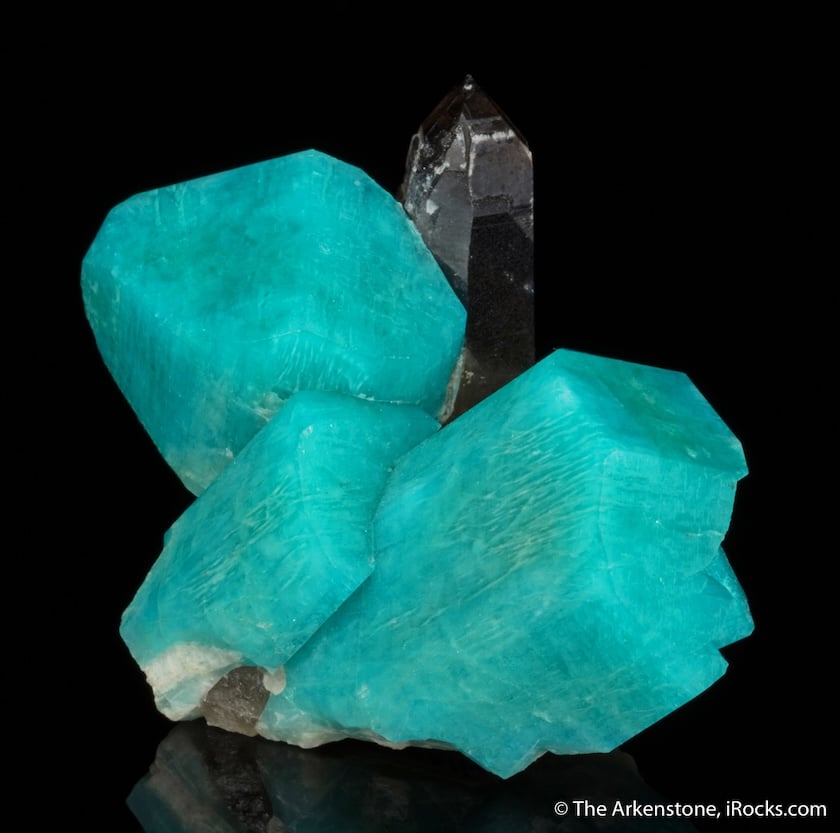A Guide to Mineral Names and Classification Systems
Some mineral names can quickly yield important information about specimens. Learn how minerals get their names and how they're classified.
10 Minute Read
Where Do Mineral Names Come From?
In most cases, a mineral is named after one of its physical properties, the locality where it was first discovered, or in honor of a scientist or other personage. Many minerals with a long history of use also have names derived from the Greek and Latin languages.
Physical Properties
The following are some examples of minerals named after their chemical composition, morphology, or typical color.
- Arsenopyrite: so named because it consists of up to 46% arsenic (As) (with the mineral formula FeAsS).
- Axinite: from the Greek axine for “ax,” alluding to the sharp crystals this mineral forms.
- Fibroferrite: from
Olena Rybnikova, PhD
Olena Rybnikova is a gemologist and mineralogist. She has a PhD in mineralogy and petrology specializing in beryllium minerals and is a certified Applied Jewelry Professional accredited by the Gemological Institute of America. Her passion is actively promoting knowledge and appreciation of nature, geology, and gemstones.
Related Articles
What’s the Difference Between Gemology and Mineralogy?
What is a Mineral?
Is Turquoise Expensive?
Is Amethyst Expensive?
Latest Articles
800 Years of Mogok: A Celebration in Tenuous Times
What is the Average Gemstone Faceting Yield?
Pyroxmangite Value, Price, and Jewelry Information
How to Identify Emerald Simulants and Synthetics
Never Stop Learning
When you join the IGS community, you get trusted diamond & gemstone information when you need it.
Get Gemology Insights
Get started with the International Gem Society’s free guide to gemstone identification. Join our weekly newsletter & get a free copy of the Gem ID Checklist!
